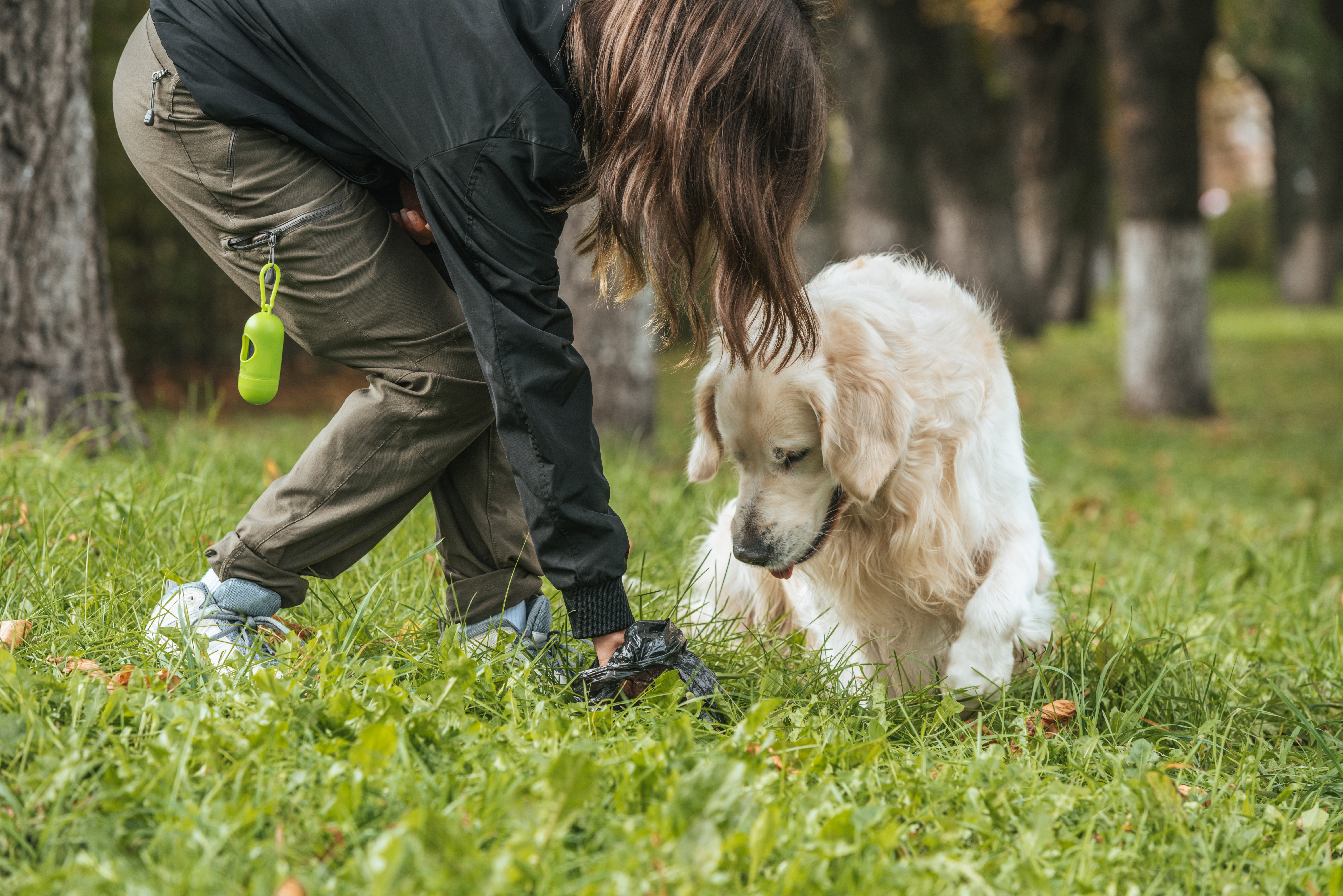UK specialists stress algae bloom prevention starts in the backyard
UK specialists stress algae bloom prevention starts in the backyard


Kentucky has about 1.5 million dogs and ranks third in the nation for dogs per household. That’s a lot of poo, and a lot of poo can equal a lot of phosphorus entering the waterways via stormwater runoff.
Stormwater runoff results when rainwater or snow melt does not infiltrate into the soil due to impervious surfaces or compacted soils commonly found in urban areas. This runoff will carry contaminants that are on surfaces to nearby waterways without treatment via stormwater conveyance systems.
“Excess nutrients that run off into Kentucky’s waterways come from a variety of sources including many that are overlooked in urban and suburban areas, such as lawns, gardens and pets,” said Brad Lee, associate professor in the University of Kentucky Department of Plant and Soil Sciences, part of the College of Agriculture, Food and Environment. “Individual homeowners can make a big difference collectively with small changes around their homes and community.”
It may be difficult to see how dog waste could come close to contributing enough phosphorus to community waterways to cause dangerous algal blooms in water bodies. But, the Environmental Protection Agency reports dog waste is an issue in stormwater runoff due to pathogens. In addition, recent research conducted at UK found that dog waste contains 25% more nitrogen and twice as much phosphorus as poultry litter.
To put that in perspective, the more than 300 million broilers in Kentucky annually excrete almost 49 million pounds of phosphorus, while 1.5 million Kentucky dogs excrete 4 million pounds of phosphorus. The big difference is that poultry litter is valuable when it is spread over a vast number of farmland acres where the phosphorus contributes to crop production.
Dog poo is a waste product that is concentrated in cities and towns. In these urban and suburban areas only 60% of people collect and dispose of dog waste properly, leaving 4 out of 10 poo piles on the ground in public. Likely there are many more poo piles remaining on the ground in backyards.
Excess phosphorus can lead to rapid accumulation of algae in waterways. Recent news reports of blue-green algae, also called cyanobacteria, sickening and killing dogs has caused concern.
“In Central Kentucky, blooms are most common in late summer and in early fall during hot, sunny weather,” said Dr. Megan Romano, toxicology resident with the UK Veterinary Diagnostic Laboratory. “The blooms produce a blue-green sheen on the water surface, or they can be pea-green and thick, like spilled paint. They can also appear brown or white.”
Romano emphasized that it’s impossible to tell if a bloom is toxic just by its appearance, so people should consider all blooms potentially toxic.
Lee said Kentucky’s citizens and dog owners can help prevent blooms by doing a couple of simple things.
“You need to get a soil test before applying fertilizer to your lawn or garden,” he said. “It’s simply too easy a step to neglect. You’ll know for sure if you really need phosphorus. If you don’t do a soil test, don’t apply phosphorus. A recent study of 25 years of Kentucky soil test results found that almost all urban soils in Kentucky have more than enough phosphorus for a successful lawn or garden.
The other big thing dog owners can do is to pick up dog waste.
“If you’re out walking your dog, take bags to collect waste,” Lee said. “At home, scoop the poop early and often, particularly before it rains. You’re protecting your community waterways, while also reducing the spread of harmful bacteria and parasites.”
On farms, the primary sources of excess nutrients are over fertilization of fields and livestock urinating and defecating directly in their water source.
“It’s important to keep horses and cattle out of ponds, creeks, and other natural water sources because direct contamination of their water source is the biggest risk to livestock,” Romano said.